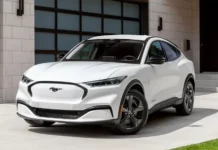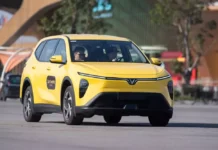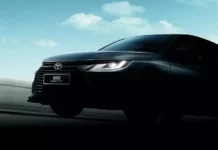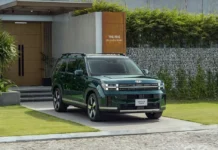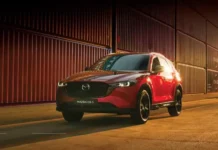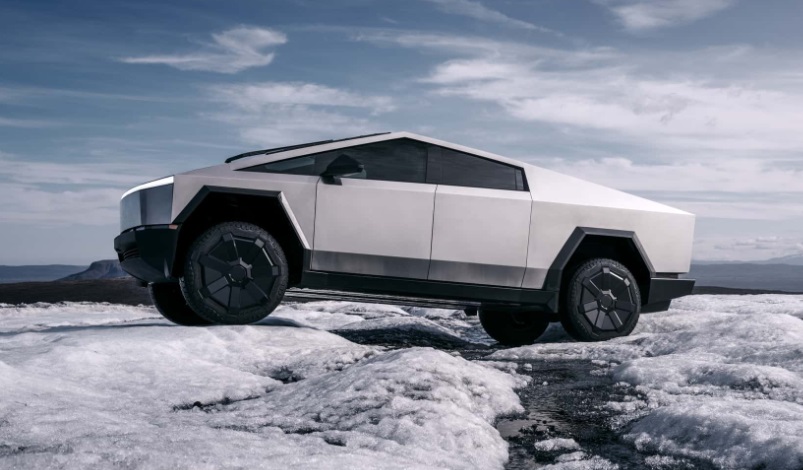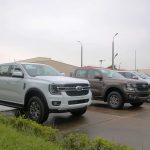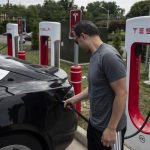Tesla, the leading electric vehicle manufacturer, has recently launched the highly anticipated Cybertruck pickup truck model. After 4 years since introducing the concept version, the company has finally started delivering the first vehicles to customers.
A representative from Tesla mentioned that the production of the Cybertruck is currently limited. However, starting from 2025, the company plans to ramp up production on a large scale.
Notably, the delivery of the vehicles took place more than 2 years later than initially expected. Additionally, Tesla CEO Elon Musk admitted that the selling price of the car has increased by 50% compared to its initial “introductory” price in 2019.
The Cybertruck will be available in three configurations: rear-wheel drive, Cyberbeast with two motors, and Cyberbeast with three motors.
The rear-wheel drive version will have a starting price of $60,990 (VND 1.48 billion), which is an increase from the initial price of $39,900 (VND 969 million) in 2019. This version offers a range of 400 km per full charge and is expected to be delivered in 2025.
In 2024, Tesla has plans to deliver only 2 premium Cyberbeast models. The all-wheel drive (two-motor) Cybertruck will have a starting price of $79,990 (VND 1.9 billion), a range of 547 km on a single charge, acceleration from 0-96 km/h in 4.1 seconds, and a top speed of 180 km/h.
The three-motor version will cost $99,990 (VND 2.43 billion), generate 845 horsepower, and have a range of about 514 km.
All versions of the Cybertruck feature an adjustable air suspension system, allowing for on-the-go raising or lowering of the vehicle. The ground clearance can reach up to 431 mm. Moreover, the car boasts an approach angle of 35 degrees and a departure angle of 28 degrees, making Tesla’s pickup truck a formidable off-road machine.
The truck’s design, characterized by shiny stainless steel and flat surfaces, draws inspiration from the car-turned-submarine in the 1977 film “The Spy Who Loved Me,” starring James Bond.
According to CEO Elon Musk, the Cybertruck has a tough, bulletproof steel body and windows that have the capacity to “withstand hits.” Musk also mentioned that this pickup truck can tow weights ranging from 3.4 tons to 6.8 tons, depending on the power.
To showcase the impressive performance of the Cybertruck, Tesla used this pickup truck model to tow a Porsche 911 and still reached the finish line faster than another Porsche 911 in a 400-meter drag race. Both Porsche cars belong to the latest generation (2023).
Currently, Tesla has not revealed any specific information about the safety technology of the Cybertruck. It is also unclear whether the vehicle can pass safety tests, such as those conducted by the North American authorities (NHTSA or IIHS).
In the future, Tesla promises to enhance the battery capacity, providing the car with an impressive range of up to 760 km. However, if additional batteries are added to the rear cargo area, the vehicle will no longer be considered a traditional pickup truck.
TH (Tuoitrethudo)
The Perfect Ford Ranger 2022: The King of Pick-up Trucks
Immediately after the successful launch of the Ford Everest, the popular SUV model that caused quite a stir, Ford Ranger seizes the opportunity to update and release a completely new version. With this exciting development, it is poised to maintain its dominance in the pickup truck segment in Vietnam.





